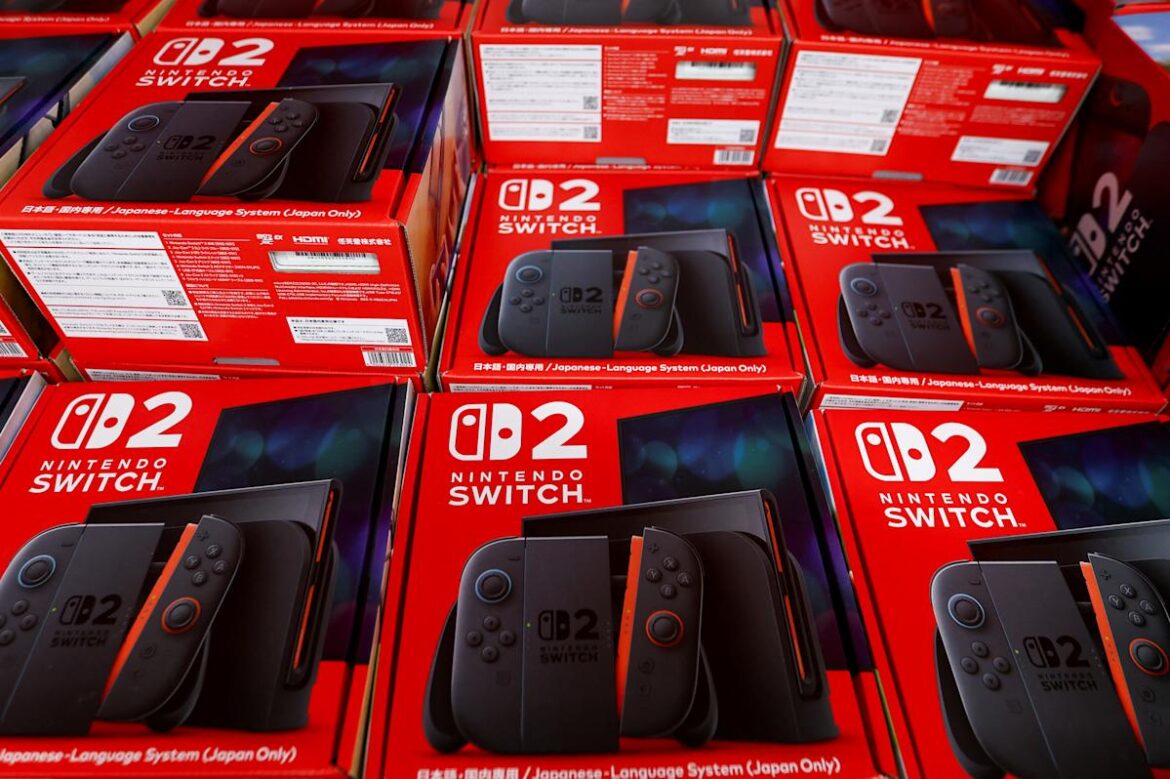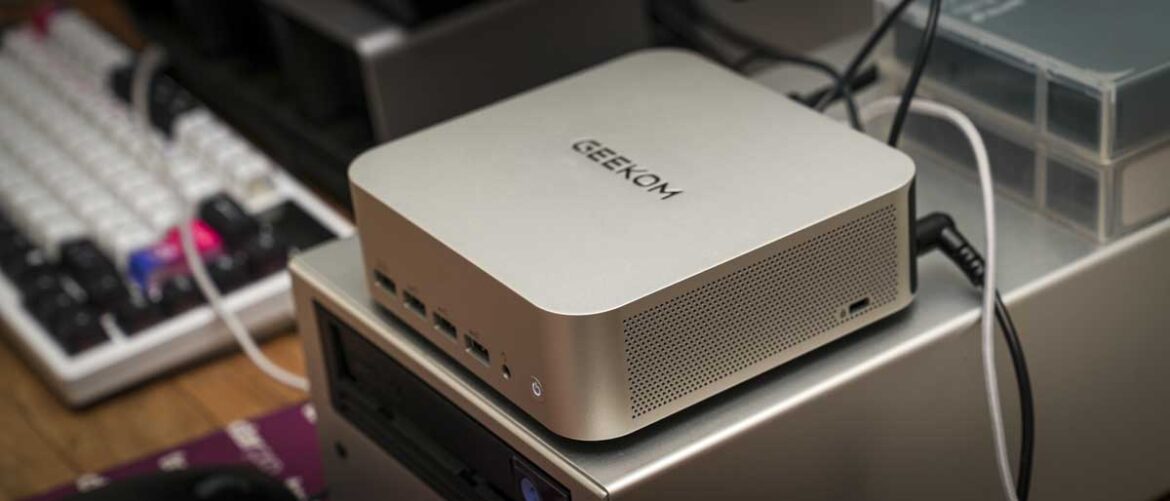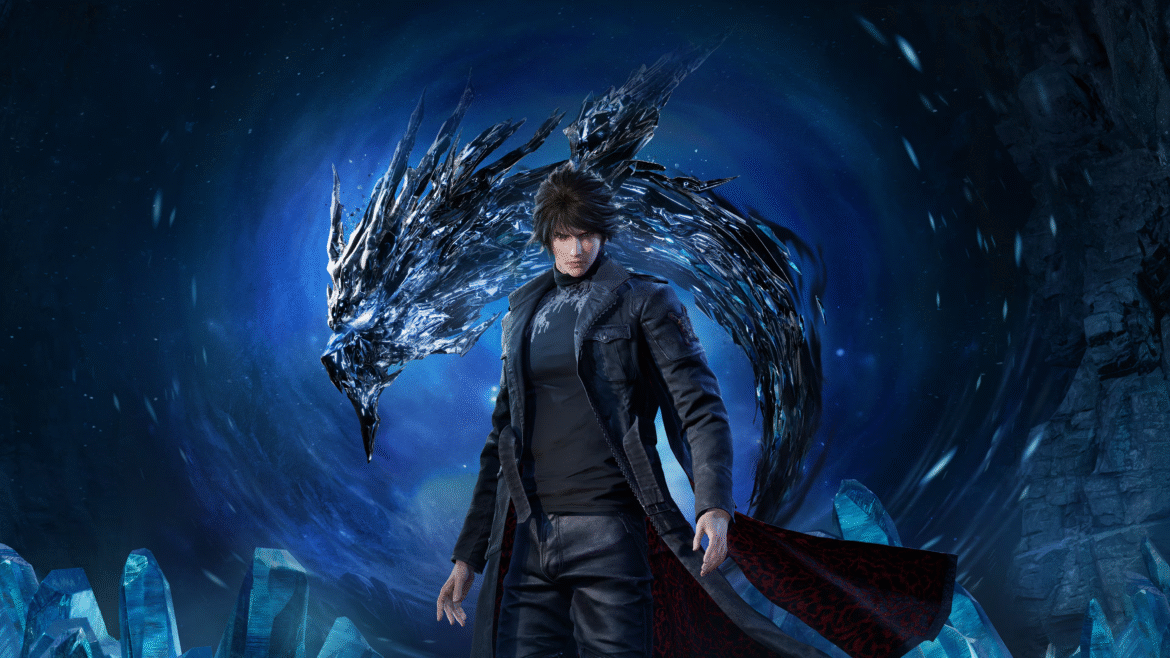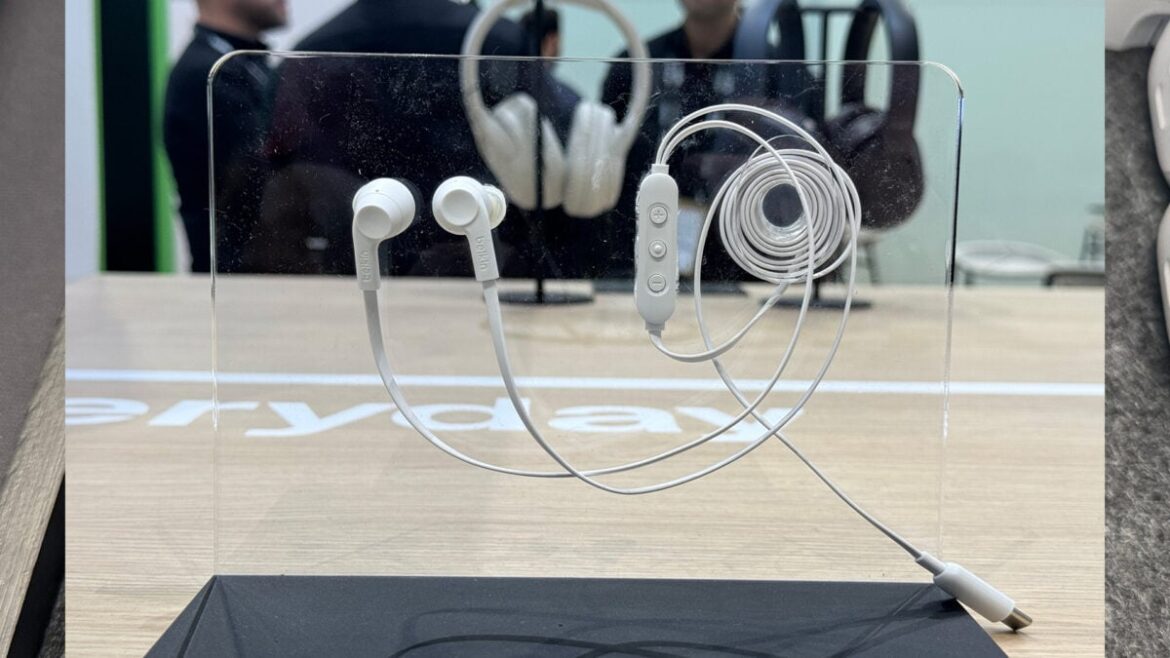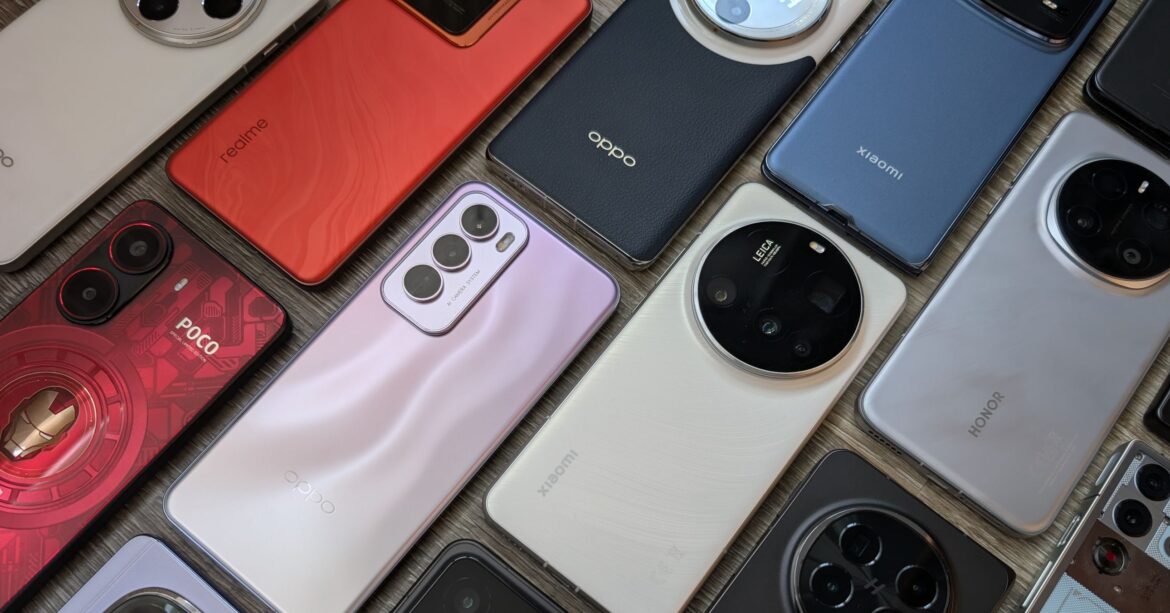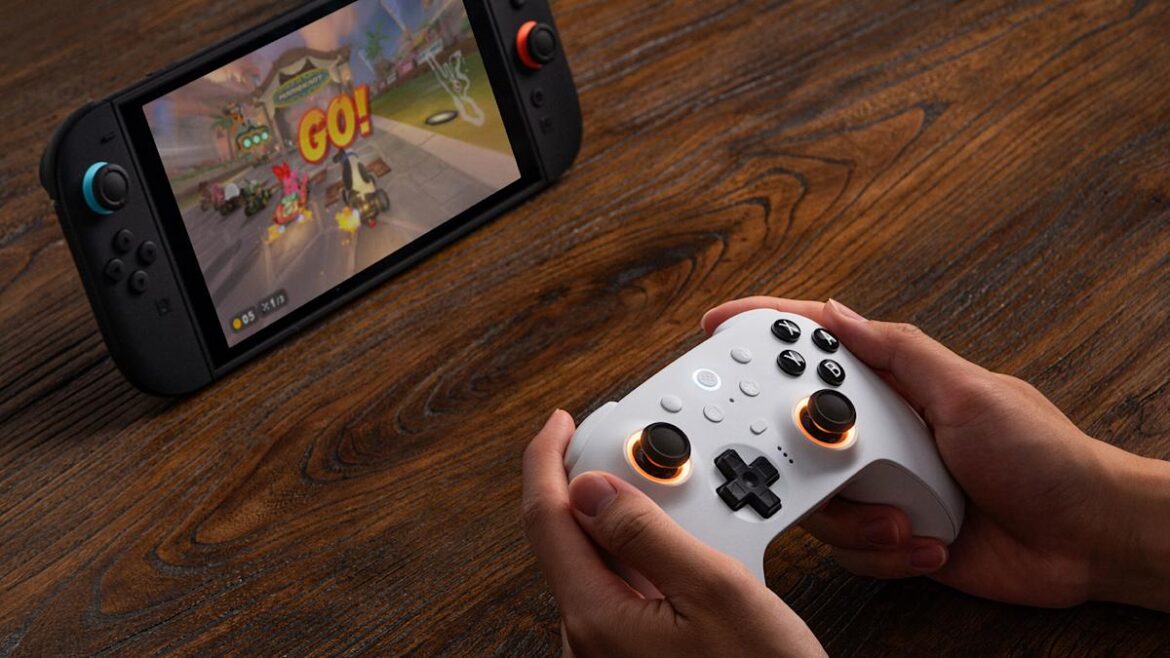Nintendo has just won another major battle in its longstanding war against piracy. Earlier this summer, a US federal court ruled in favor of Nintendo in a lawsuit against Ryan Daly and the Modded Hardware website. The site was known for selling devices that allowed users to get around Nintendo’s piracy protections, including the popular MIG Switch flashcart that lets buyers play official Nintendo games without the need for a physical cartridge. Besides requiring Daly to pay $2 million to Nintendo, the lawsuit requires him to shut down the website and forfeit the domain to Nintendo as part of an all-encompassing permanent injunction.
The order also prevents Daly from any future involvement with devices that get around Nintendo’s guardrails, including creating, selling, contributing to, hosting other websites related to or investing in other businesses that deal in similar products. While MIG flash carts could be used as a backup for legally purchased physical games, it was more commonly used to pirate official Nintendo Switch titles. Nintendo has steadily fought against mods and pirating tools, including recently granting itself the power to brick Switches that have pirated games on them.
Nintendo is no stranger to taking legal action against those who defy its strict policies. In March of last year, Nintendo filed a lawsuit against the makers of the Yuzu emulator. The suit was settled quickly, with the team behind the Nintendo Switch emulator agreeing to pay $2.4 million. Like the lawsuit against Daly, the team behind Yuzu had to surrender its website and permanently refrain from doing any activities that bypass Nintendo’s rules.

